Introduction
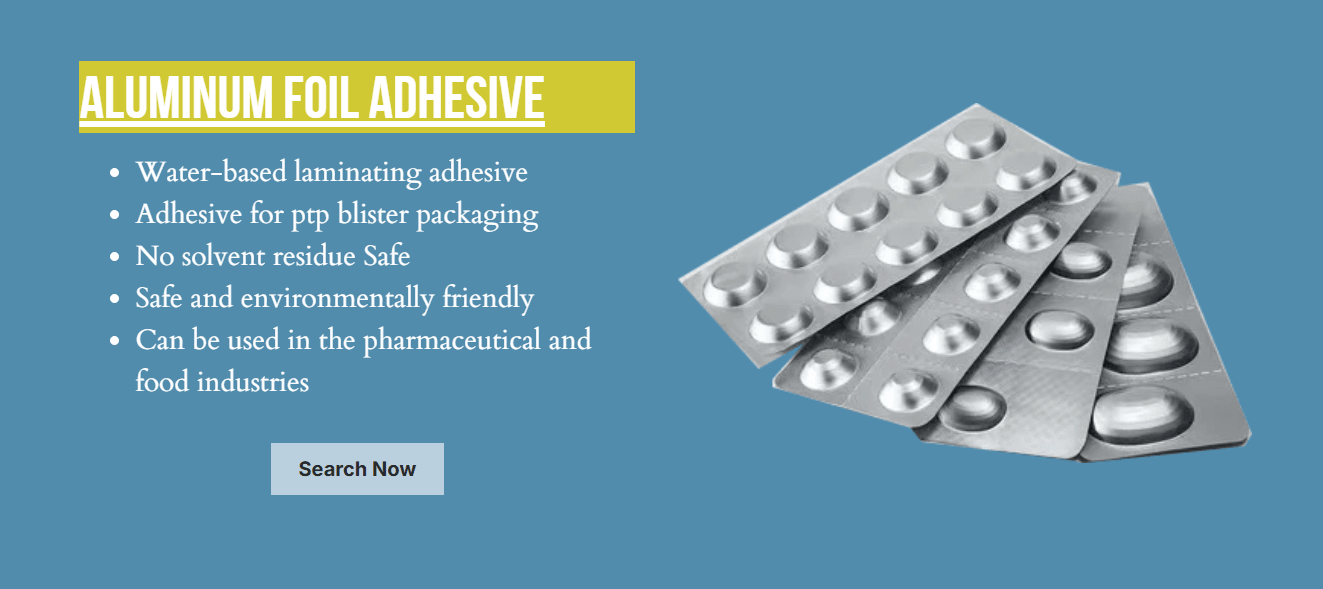
What You Need to Know About Aluminum Bonding
Aluminum is a versatile material that poses unique challenges when it comes to bonding. Its smooth surface can hinder adhesion unless properly prepared, making knowledge of various aluminum bonding types essential. Understanding the characteristics of aluminum adhesive will help you choose the best adhesive glue for your specific project.
Types of Adhesive Glue for Aluminum
There are several types of adhesive glue suitable for aluminum bonding, each with its own strengths and weaknesses. From epoxies to cyanoacrylates, knowing which product works best in different scenarios can save you time and frustration. For instance, while some glues provide instant fixes, others offer long-lasting durability—making it vital to select the right one based on your project's requirements.
Why Choosing the Right Glue Matters
Choosing the best adhesive glue isn't just about picking something off the shelf; it's about understanding how different adhesives interact with aluminum surfaces. The wrong choice could lead to weak bonds that fail under stress or environmental conditions. Therefore, investing time in selecting an appropriate bond glue is key to ensuring your projects stand the test of time and maintain their integrity.
Understanding Aluminum Bonding Types

Exploring Different Bonding Methods
Aluminum bonding can be achieved through several methods, including mechanical fastening, welding, and adhesive bonding. Mechanical fastening involves using screws, bolts, or rivets to hold pieces together, providing immediate strength but potentially compromising aesthetics. On the other hand, adhesive glue offers a seamless finish and is often preferred for applications where appearance matters most; however, it requires careful selection of the best adhesive for optimal performance.
Adhesive bonding is particularly popular due to its versatility and ease of use. With products specifically designed as aluminum adhesives, users can achieve strong bonds without the need for complex machinery or skilled labor. This method allows for greater design flexibility and is increasingly favored in various industries such as automotive and aerospace.
Benefits of Mechanical vs. Adhesive Bonding
Mechanical bonding provides immediate strength by physically holding components together; however, it may not always deliver the same level of durability as well-chosen adhesive glue options. For instance, while mechanical fasteners are easy to install and remove if necessary, they can create stress points that weaken over time due to vibration or thermal expansion. In contrast, when selecting the best adhesive glue for aluminum applications—especially those exposed to harsh conditions—users find that adhesives often outperform mechanical methods in terms of longevity.
Adhesive bonding also allows for improved distribution of stress across surfaces compared to point loads from screws or rivets. This means that when you choose an effective bond glue specifically formulated for aluminum adhesion, you're likely to enjoy better performance under varying conditions—be it temperature fluctuations or moisture exposure. Furthermore, adhesives like Chemix's water-based resin solution offer sustainable options without sacrificing quality.
Key Factors for Strong Aluminum Adhesion
Achieving strong aluminum adhesion requires careful attention to several key factors during surface preparation and application processes. First off, ensuring that surfaces are clean and free from contaminants such as oil or dust is crucial; even minor residues can significantly weaken any bond glue used on aluminum surfaces. Additionally, selecting an appropriate adhesive type based on your project requirements—whether it's a quick-setting cyanoacrylate or a robust epoxy—is essential in determining overall bond strength.
Another critical factor involves considering environmental influences such as temperature and humidity during application; these elements can affect curing times and ultimately impact adhesion quality if not properly managed. Lastly—and perhaps most importantly—understanding specific characteristics of your chosen aluminum bonding type will help ensure that you're using the best adhesive glue tailored for your unique needs.
Best Adhesive Glue Options for Aluminum
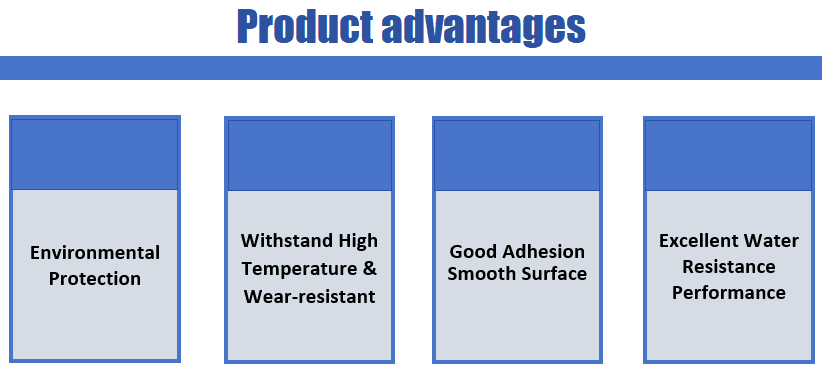
Overview of Top Adhesive Products
There are several top-tier adhesive products designed specifically for aluminum bonding types, each with its unique properties and advantages. Epoxy adhesives, known for their exceptional strength and durability, are often considered one of the best adhesive choices for heavy-duty applications. On the other hand, cyanoacrylate glues (commonly known as super glues) offer rapid bonding capabilities and are ideal for quick fixes or smaller projects involving aluminum.
Another noteworthy option is polyurethane adhesives, which provide flexibility along with strong adhesion to aluminum surfaces. For those seeking a more sustainable approach, water-based resins like Chemix’s solution present an eco-friendly alternative without sacrificing performance. By evaluating these various adhesive glue options carefully, you can choose the best adhesive glue that meets your specific needs.
Comparing Epoxy vs. Cyanoacrylate
When comparing epoxy and cyanoacrylate adhesives for aluminum bonding types, it's crucial to consider their respective strengths and weaknesses. Epoxy is renowned for its superior strength and resistance to environmental factors such as moisture and temperature changes; it forms an incredibly robust bond glue when cured properly. However, epoxy typically requires longer curing times compared to cyanoacrylate glues that set almost instantly upon application.
Cyanoacrylate adhesives shine in situations where speed is essential; they bond quickly but may not withstand extreme conditions as effectively as epoxy options do over time. Therefore, if you need a fast solution on less critical projects or repairs involving aluminum adhesive applications where high stress isn't a factor, cyanoacrylate could be your best bet. Ultimately, choosing between these two depends on whether you prioritize immediate results or long-term durability in your aluminum projects.
Using Tape vs. Liquid Adhesives
Another consideration in selecting an adhesive solution involves choosing between tape and liquid adhesives when working with aluminum surfaces. While tape can provide convenience and ease of use without messy application processes or drying times associated with liquid adhesives, it may not deliver the same level of strength or permanence as traditional bond glue options like epoxies or polyurethanes do.
Liquid adhesives generally offer better adhesion properties due to their ability to penetrate surface imperfections on aluminum substrates effectively; this results in stronger bonds overall compared to tape alternatives that rely solely on surface contact adhesion methods alone. However, if you're looking for temporary solutions—perhaps during assembly before applying permanent fixtures—tape can serve well until you decide on using a more robust option later down the line.
In conclusion, understanding your project requirements will guide you toward making informed decisions about which type of adhesive glue is most suitable for your specific needs when working with aluminum surfaces.
Chemix's Water-Based Resin Solution
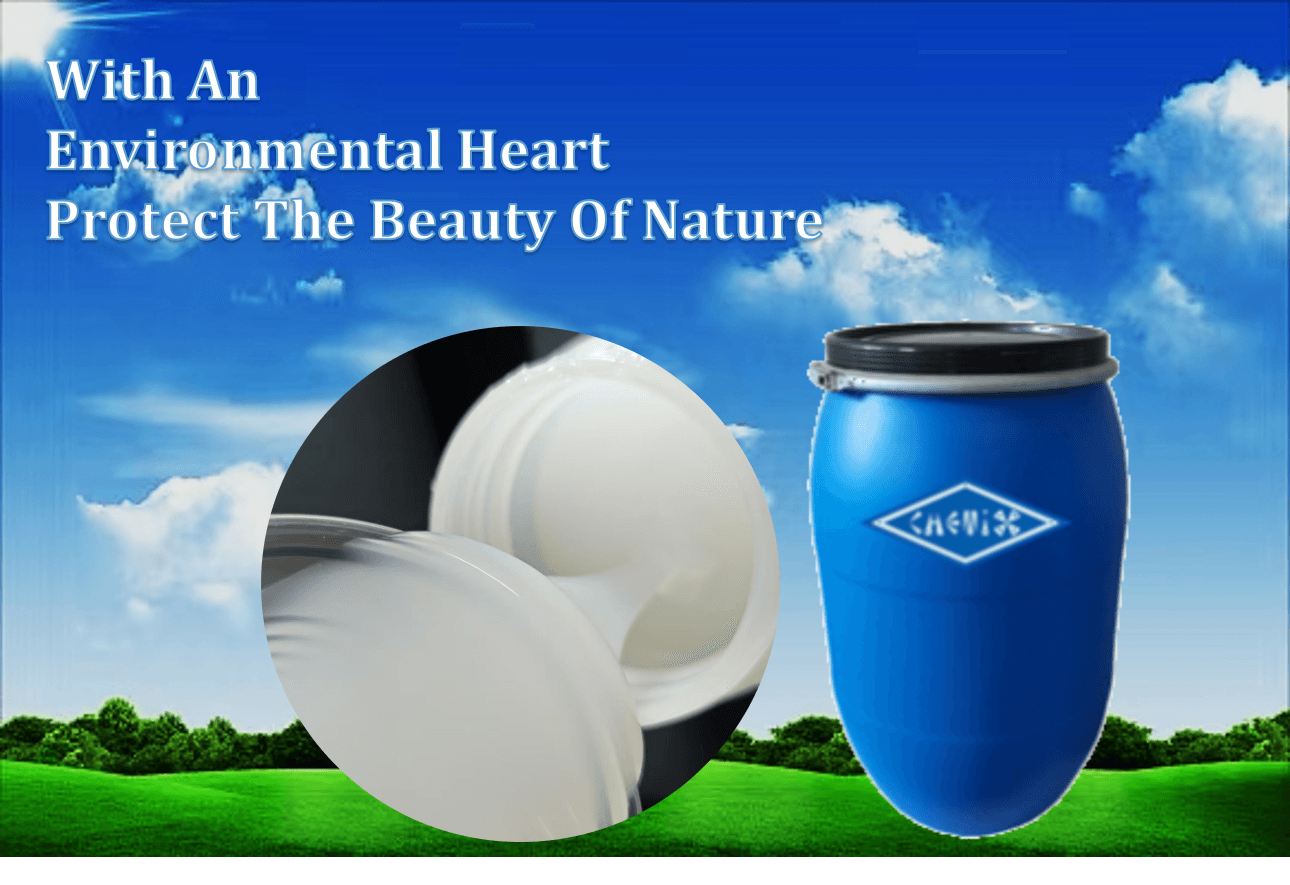
Chemix's water-based resin solution is making waves in the world of aluminum bonding. This innovative adhesive glue not only offers a robust bond but also aligns with sustainable practices, making it a top choice for eco-conscious consumers. By utilizing a water-based formula, Chemix reduces harmful solvents and emissions typically associated with traditional adhesives, ensuring that your aluminum projects are both effective and environmentally friendly.
Sustainable Benefits of Water-Based Resin
One of the standout features of Chemix’s water-based resin is its sustainability. Unlike solvent-based adhesives that can release volatile organic compounds (VOCs), this adhesive glue minimizes environmental impact while maintaining strong performance characteristics. By choosing a water-based solution, users contribute to cleaner air quality and reduced ecological footprints, making it an ideal option for those who care about the planet.
Moreover, the use of water as a primary solvent means that cleanup is easier and less hazardous compared to conventional bond glue options. This benefit not only simplifies the application process but also ensures safety in workshops or home environments where children or pets may be present. In short, if you’re looking for the best adhesive that marries effectiveness with eco-friendliness, Chemix’s offering checks all the boxes.
Performance Characteristics of Chemix’s Solution
The formulation provides excellent flexibility and durability once cured, ensuring that your aluminum adhesive maintains its integrity under stress or movement. Plus, this solution boasts resistance to moisture and temperature fluctuations—key factors when working with metals often exposed to varying conditions.
The ease of application further enhances its appeal; users can apply the glue on aluminum surfaces without worrying about complicated mixing processes or lengthy drying times typical of other adhesives in this category. With an optimal curing time that allows for quick project turnaround without sacrificing bond strength, it's no wonder many consider this one of the best adhesive glue options on the market today. Overall, Chemix has created a product that balances performance with practicality seamlessly.
Ideal Applications for Aluminum Adhesives
Chemix's water-based resin is versatile enough to be used across various applications involving aluminum bonding types—from household repairs to industrial projects requiring high durability levels. Whether you're fabricating custom metal pieces or need reliable adhesion for outdoor furniture made from aluminum materials, this adhesive serves as an excellent choice due to its strong bonding capabilities and weather resistance.
Additionally, artists and hobbyists will find great utility in using this product for crafting intricate designs where precision matters most; it adheres well without compromising aesthetics thanks to its clear finish upon curing. Given these attributes combined with sustainability benefits mentioned earlier, it's clear why Chemix's solution stands out as one of the best adhesive options available today—ideal for anyone looking to achieve lasting results while caring for our planet.
How to Apply Glue on Aluminum

Applying glue on aluminum is not just about slapping some adhesive glue onto the surface; it’s a bit of an art form. Proper preparation and technique can significantly enhance the effectiveness of your aluminum bonding type, ensuring a strong, lasting bond. Let’s dive into how to make the most out of your chosen adhesive.
Surface Preparation Tips
Before you even think about applying that best adhesive glue, you need to prepare your aluminum surface like a pro. Start by cleaning the aluminum thoroughly with soap and water to remove any dirt or grease; this step is crucial for achieving optimal adhesion. After washing, use a fine-grit sandpaper or abrasive pad to roughen the surface slightly—this creates more area for the bond glue to grip onto.
Step-by-Step Application Guide
Now that your surface is prepped and primed for action, let’s get down to business with our step-by-step application guide for using adhesive glue on aluminum. First, ensure you read and follow any specific instructions provided by the manufacturer of your selected best adhesive—each product can have unique requirements! Next, apply an even layer of glue on one surface; be careful not to overdo it—too much glue can lead to messy results.
Once you've applied the bond glue, press both pieces of aluminum together firmly but gently; this ensures good contact without squeezing out all that precious adhesive. For added strength during curing time, consider clamping or securing the pieces in place if possible—this helps maintain pressure while allowing the bond glue to work its magic! Finally, clean up any excess adhesive before it sets; once cured, it can be quite challenging to remove.
Curing and Setting Time Considerations
After applying your chosen aluminum adhesive and ensuring everything is aligned perfectly, it's time for patience—the curing process! Different types of adhesives have varying setting times: some may set quickly within minutes while others require hours or even days for full strength development. Always check product instructions regarding cure times so you know when it's safe to handle your project again.
Keep in mind that environmental factors like temperature and humidity can affect curing time as well; warmer conditions typically speed up the process while cooler temperatures slow it down considerably. To ensure you achieve maximum strength from your bond glue application, avoid disturbing the joint during this critical phase—let those molecules do their thing!
In summary, applying glue on aluminum involves careful preparation followed by precise application techniques and consideration for curing times—all essential elements in achieving successful results with any best adhesive you choose.
Troubleshooting Common Aluminum Bonding Issues
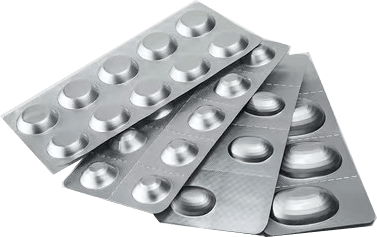
Bonding aluminum can be a tricky business, and when things don’t go as planned, it’s essential to know how to troubleshoot those pesky issues. Identifying weak bonds is the first step in ensuring your aluminum projects hold up over time. Whether you're using the best adhesive glue or experimenting with various aluminum bonding types, understanding the signs of improper adhesion can save you a lot of headaches down the line.
Identifying Weak Bonds
Weak bonds often manifest as visible gaps between surfaces or an unexpected ability to pull them apart with minimal force. If your bond glue isn’t holding up, check for areas where the adhesive didn’t fully penetrate or where dirt and oils may have contaminated the surface before application. Additionally, if you notice peeling or flaking around edges, that’s a telltale sign that your aluminum adhesive isn't performing as expected.
Solutions for Improper Adhesion
If you find yourself facing improper adhesion, don't fret—there are several solutions at hand! Start by cleaning both surfaces thoroughly; sometimes, all it takes is removing contaminants like dust and grease to improve bond strength significantly. If you've already applied an adhesive glue but are still experiencing issues, consider reapplying with a different product—perhaps one of the best adhesive options available specifically designed for aluminum bonding types.
Maintaining Your Aluminum Bond
Once you've successfully bonded your aluminum pieces together using the right glue on aluminum, it's crucial to maintain that bond over time. Regular inspections can help catch any early signs of wear or damage before they escalate into bigger problems. Additionally, storing your bonded items in controlled environments away from extreme temperatures and moisture will help preserve the integrity of your bond glue long-term.
Conclusion
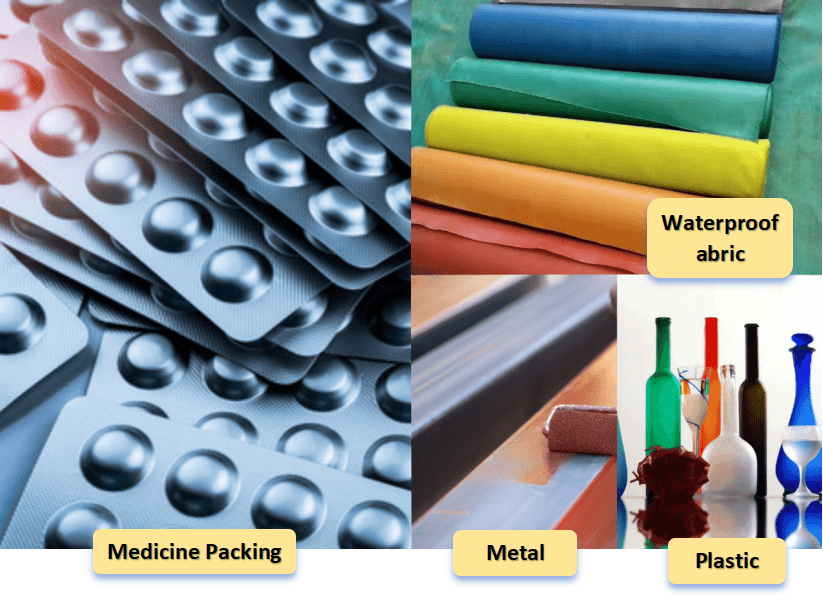
In summary, understanding the various aluminum bonding types and the best adhesive options available is crucial for successful projects. Whether you opt for epoxy, cyanoacrylate, or specialized products like Chemix's water-based resin, each adhesive glue has unique properties suited to different applications. Selecting the right bond glue can make all the difference in achieving a strong, lasting connection.
Recap of Top Aluminum Adhesives
The best adhesive glue for aluminum includes options like epoxy adhesives known for their strength and durability, cyanoacrylate for quick fixes, and water-based resins that offer sustainability without compromising performance. Each type of aluminum adhesive serves specific needs—epoxies excel in heavy-duty applications while cyanoacrylates shine in quick repairs. Remember to consider your project requirements when choosing among these top contenders to ensure a reliable bond.
Final Thoughts on Choosing the Best Adhesive
When it comes to selecting the best adhesive for your aluminum projects, factors such as application method, curing time, and environmental impact should guide your decision-making process. Always prioritize adhesives that are compatible with your specific aluminum bonding type to avoid issues down the line. With so many options available, taking time to research can lead you to an ideal solution that meets both performance and sustainability needs.
Taking Care of Your Aluminum Projects
Maintaining your aluminum bond is just as important as selecting the right glue on aluminum surfaces initially. Regular inspections can help identify any signs of wear or weak bonds before they become significant issues. Additionally, following proper care guidelines will prolong the life of your bonded projects and ensure they remain structurally sound over time.
